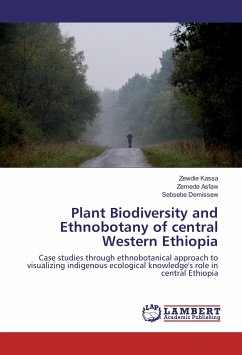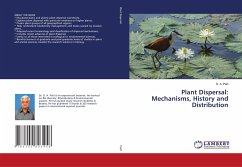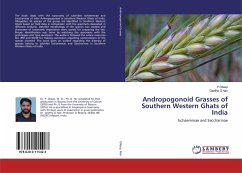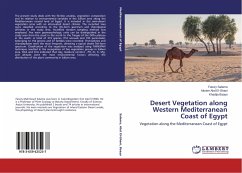Forest Plant diversity is quite high in western Uganda forests, affiliated to the forests of the Congo basin that are relics of the postulated late Pleistocene refugia. The diversity of both trees and vascular epiphytes is mainly influenced by Soil pH, Annual Precipitation as well as Altitude. For epiphytes, the total annual precipitation is not just important, but also its distribution throughout the year as they depend on the availability of moisture in the air around their "host trees" (phorophytes) unlike trees which can withstand longer periods of drought after establishment as their roots are in deeper soil layers where local drought may not affect them. Forests located within close proximity of permanent rivers tended to have a higher epiphyte diversity (both in species and numbers) than those that experience severe drought. Some trees are more specialized to survive in Acidic soils, while others are adapted to survive in more or less neutral soils. There was no significant difference in tree diversity between forests with highly acidic soils and those with almost neutral soils. The book is handy for Foresters, Botanists, Conservationists and Naturalists
Bitte wählen Sie Ihr Anliegen aus.
Rechnungen
Retourenschein anfordern
Bestellstatus
Storno








